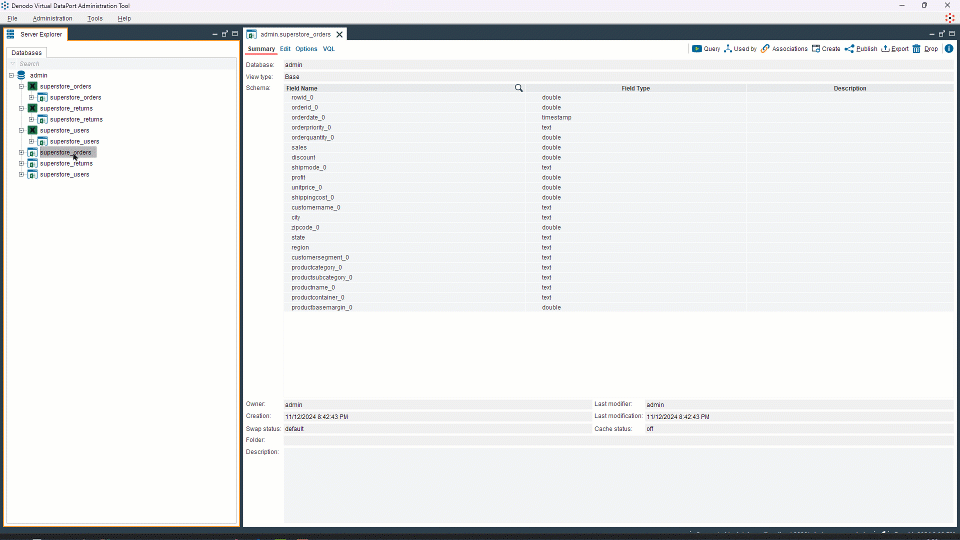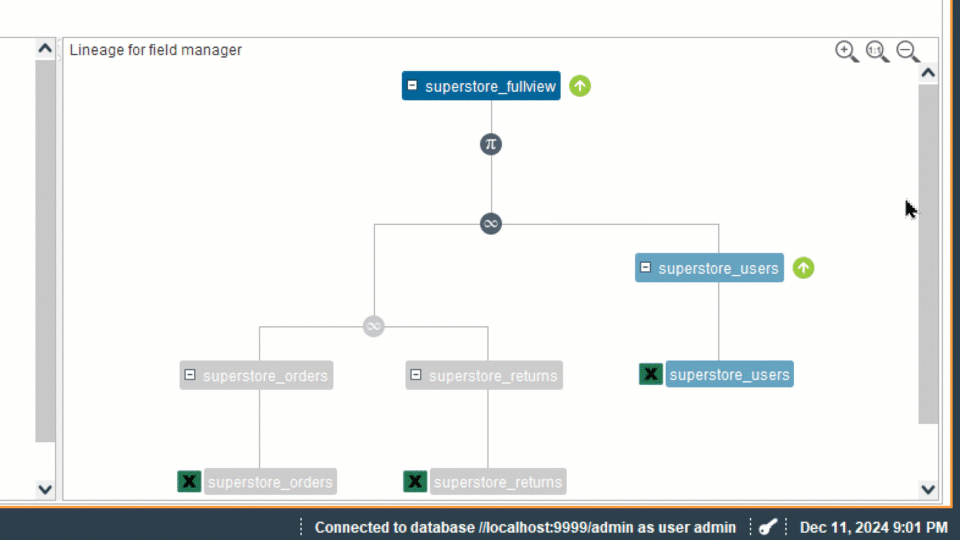
How Airlines Use Denodo
Vueling Airlines implemented the Denodo Platform to unify data access across its disparate data sources. This initiative allowed business units to engage directly in data analytics, improving customer service by providing tailored responses to inquiries without bottlenecks from the IT department. Air Europa adopted the Denodo Platform to integrate various data sources into a single access point. This transition enabled real-time data updates and improved data governance, significantly benefiting business intelligence efforts and operational analytics. Even the FAA, while not an airline, has leveraged Denodo's capabilities to streamline its operations and reduce IT costs dramatically.
Data Virtualization
Denodo abstracts data from multiple sources, including databases, cloud services, and APIs, allowing users to interact with them as if they were a single source.
Real-Time Data Access
Users can access and query data in real-time, which helps in making timely decisions without the latency associated with traditional data integration methods.
Integration with Various Sources
Denodo supports a wide range of data sources, including relational databases, NoSQL, big data platforms, and web services.
Holistic Insights
Denodo creates a unified view of data across multiple systems, enabling airlines to analyze customer behavior, operational performance, and market trends more effectively.
Self-Service Capabilities
Denodo provides tools for business users to create their own virtual data models, reducing dependency on IT.
Advanced Query Optimization
It optimizes queries for performance, which is crucial for handling large datasets and complex queries efficiently.

HOW WE HELP
Our Denodo consulting services are tailored to empower businesses by integrating advanced Denodo solutions into their operations. We specialize in providing end-to-end support, from strategic development to implementation and ongoing optimization. Our key offerings include:
We begin by meeting with stakeholders from various departments—such as business, marketing, and data teams—to define the objectives of the dashboard. This step is crucial for understanding the specific metrics and insights that stakeholders need to make informed decisions.






